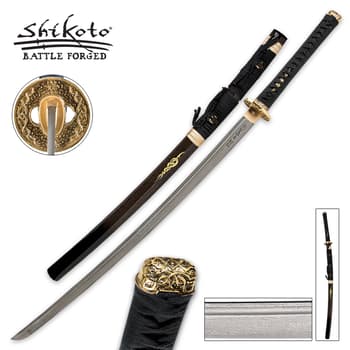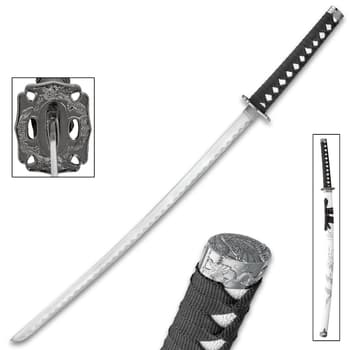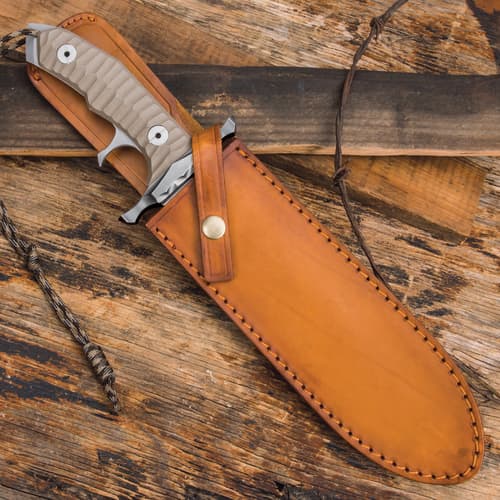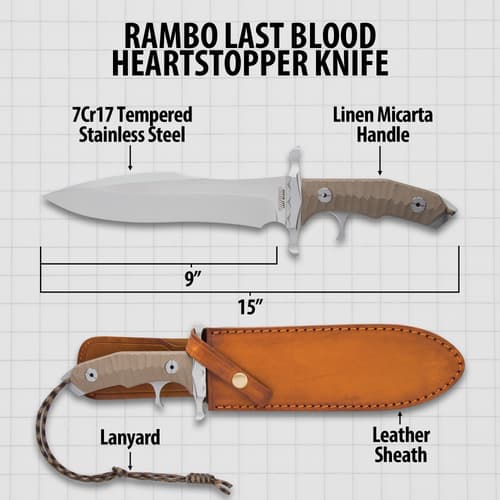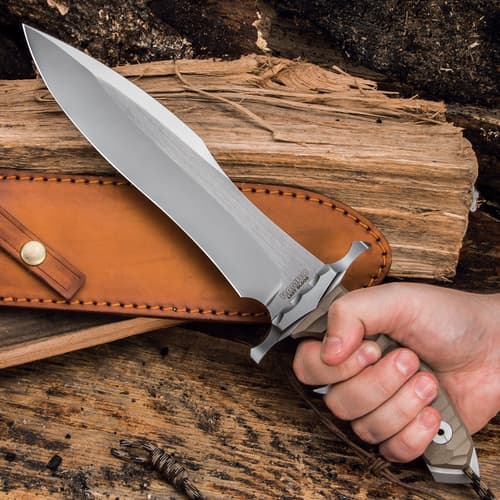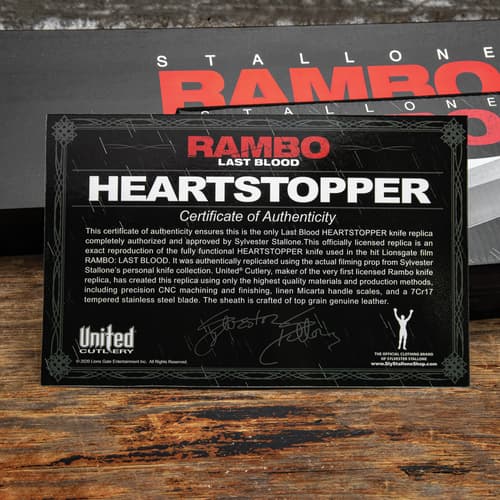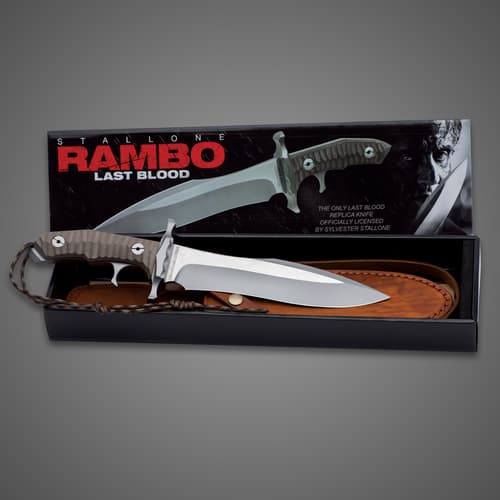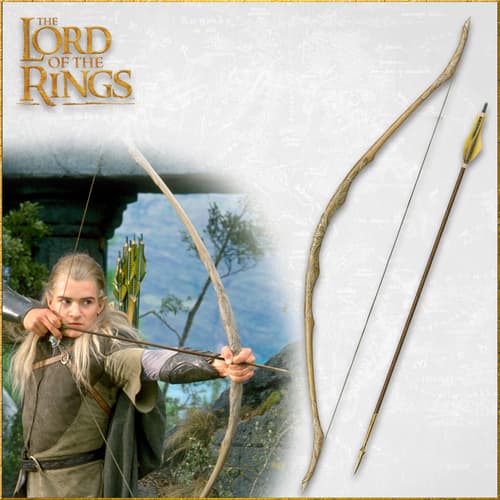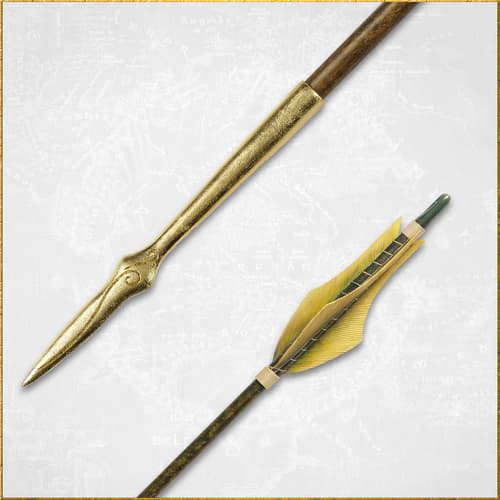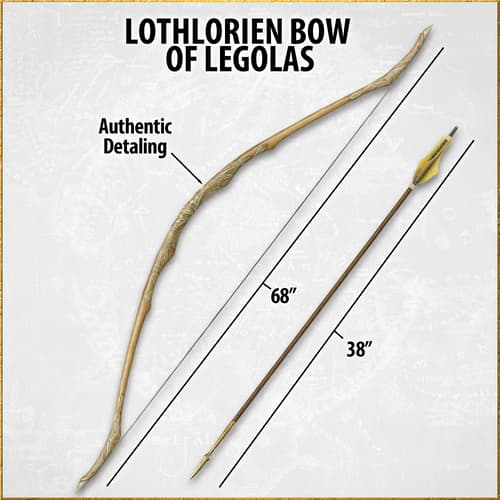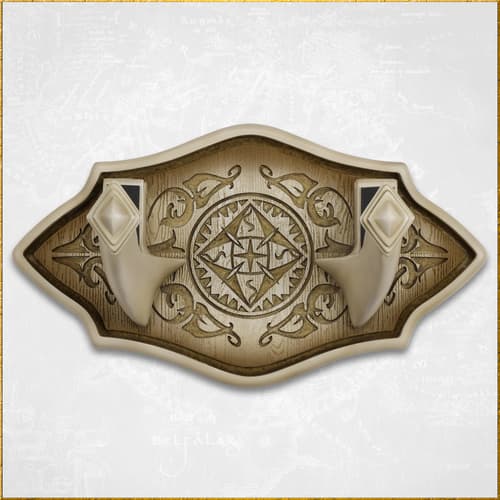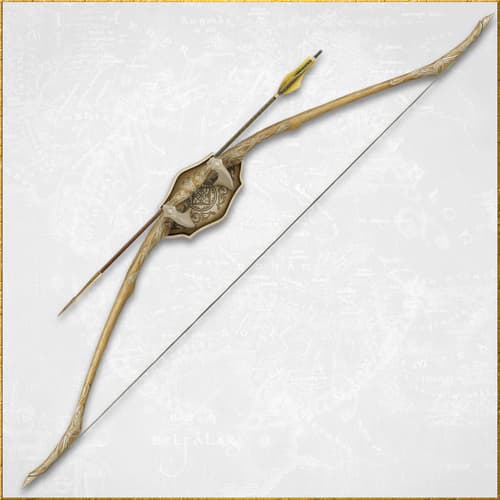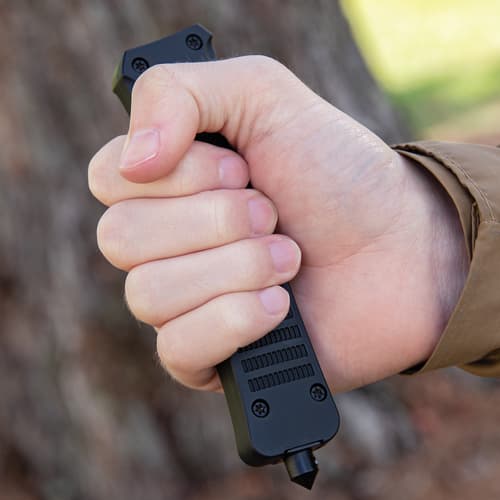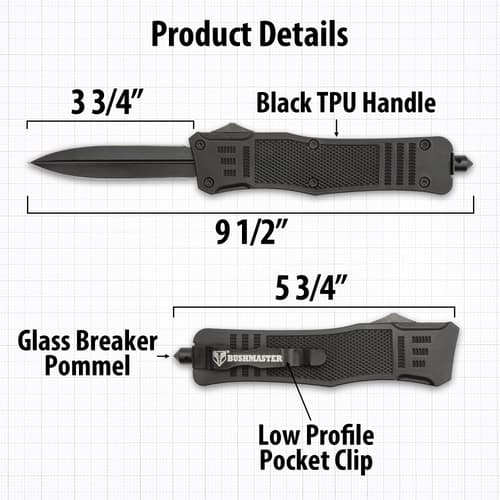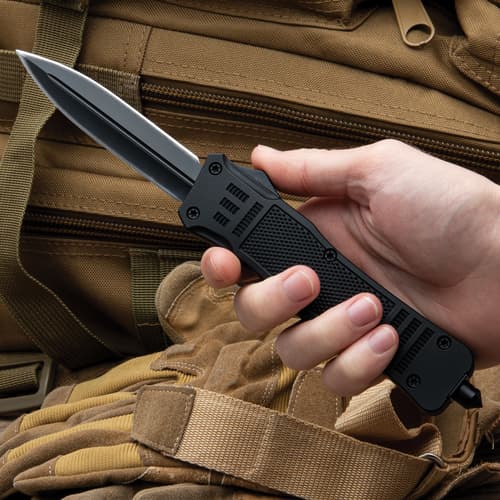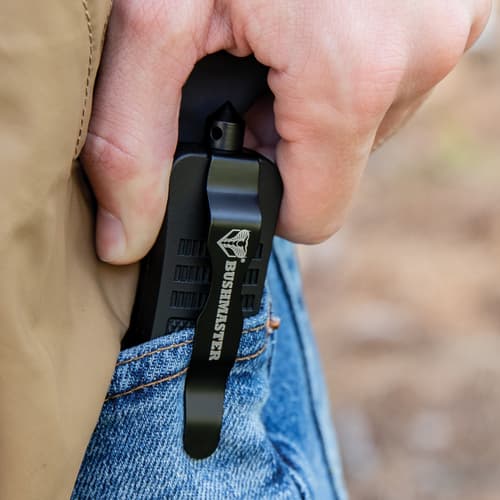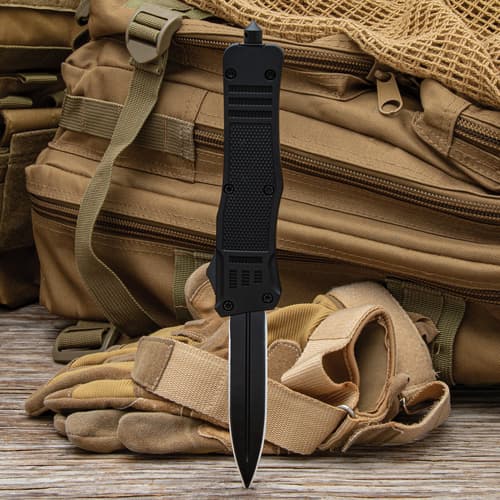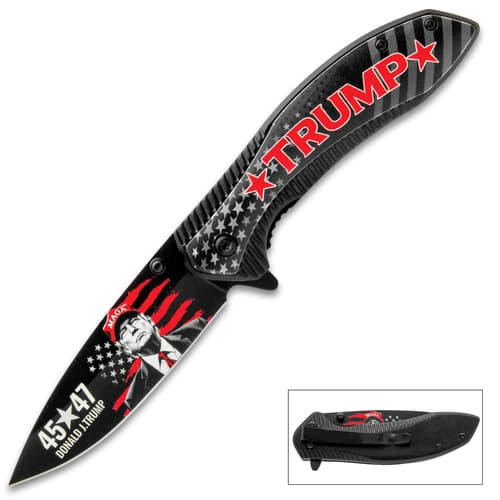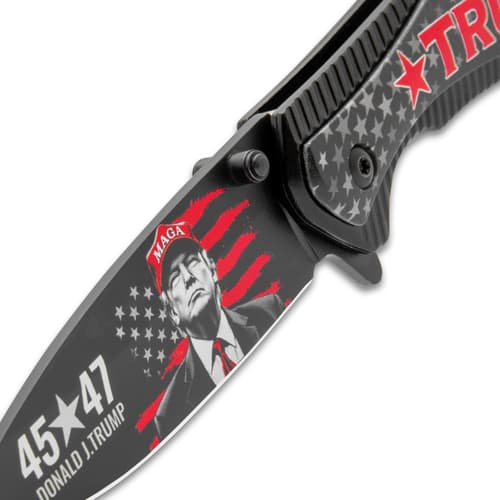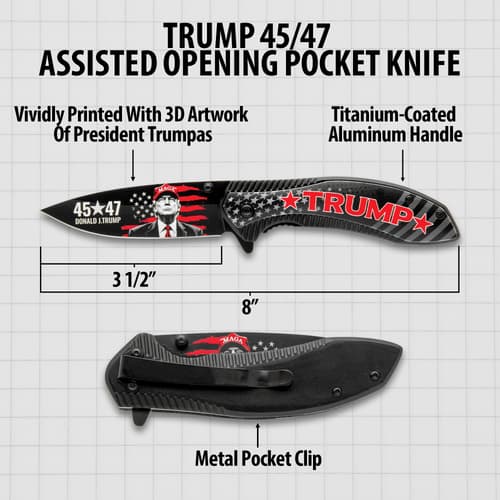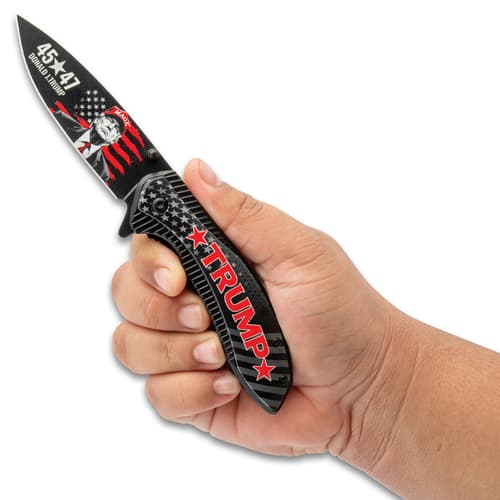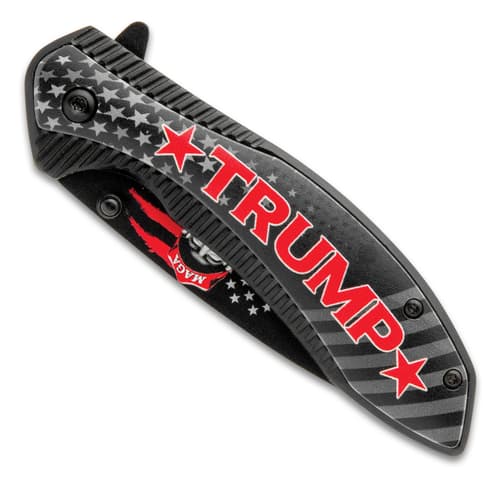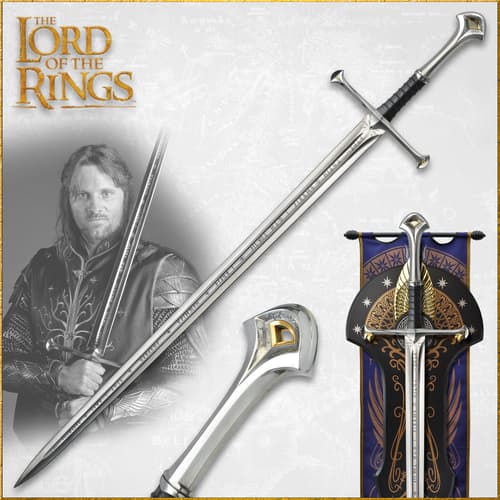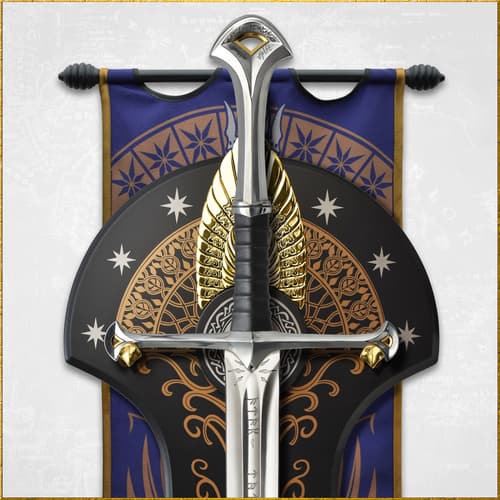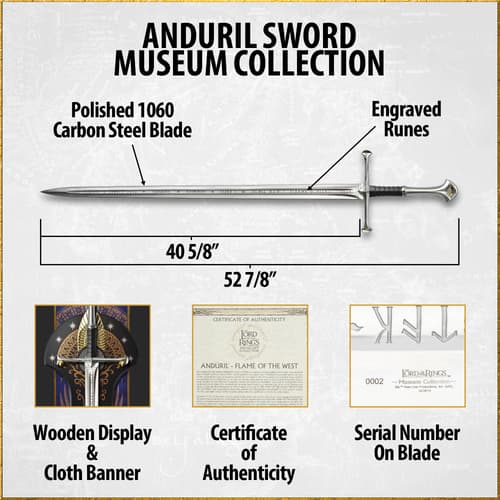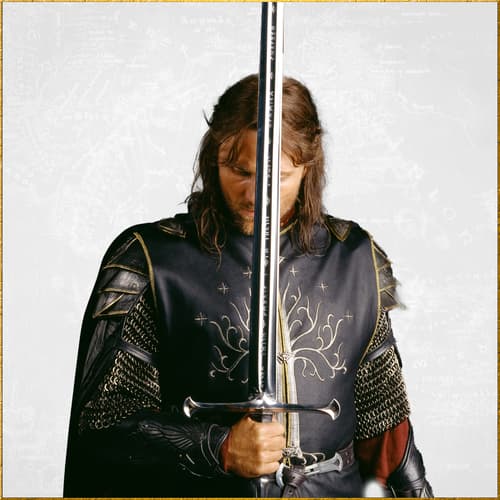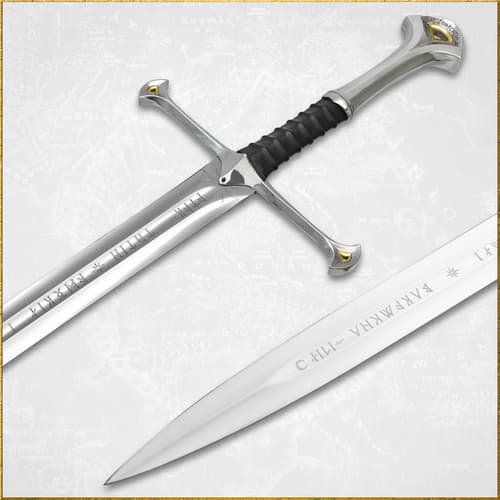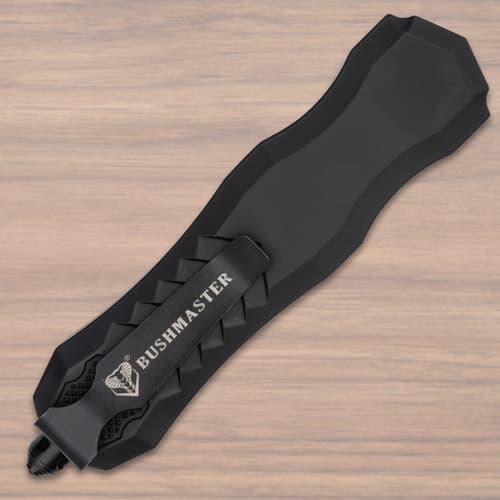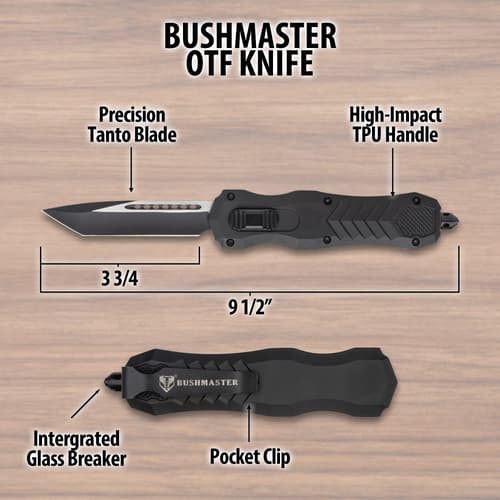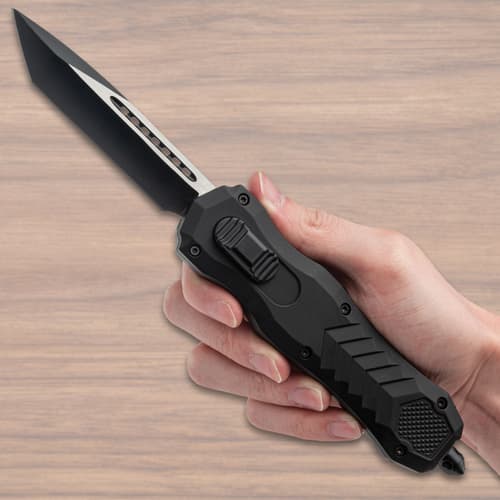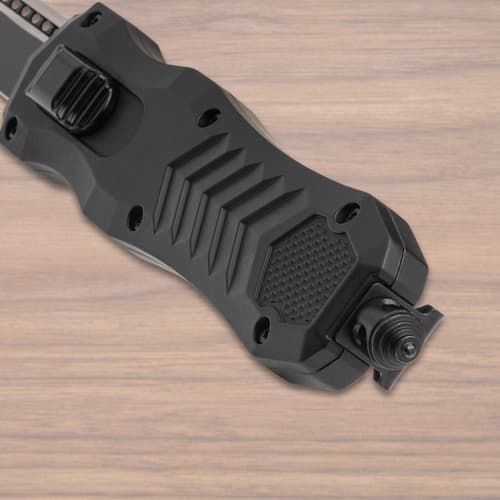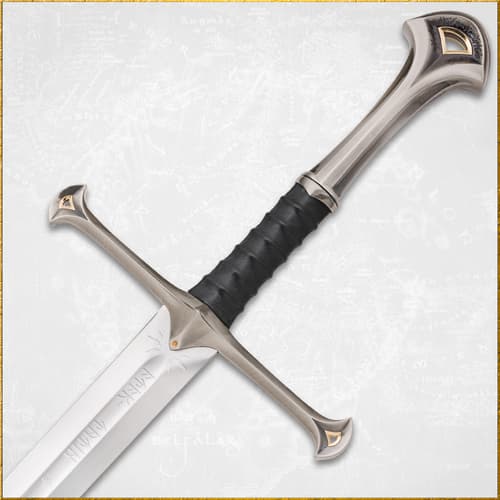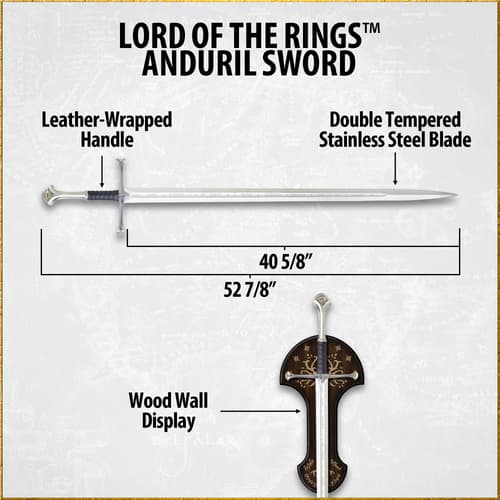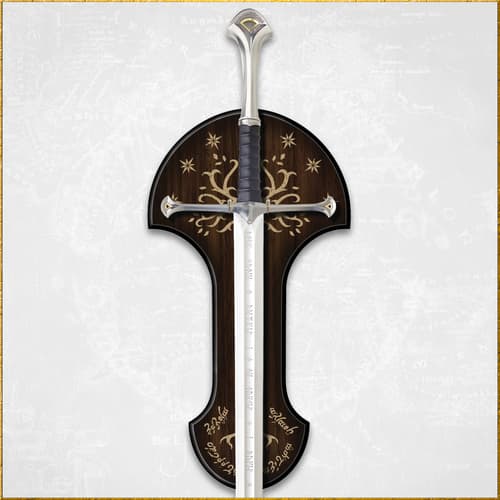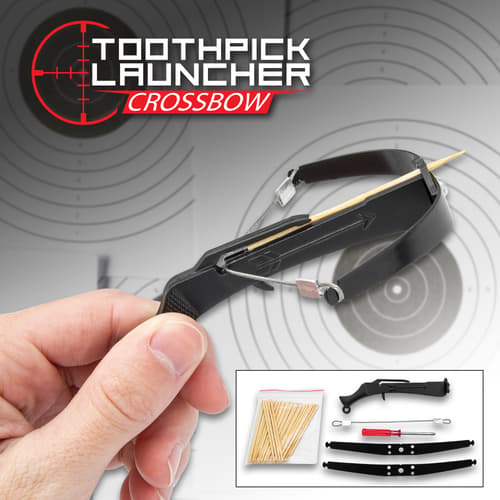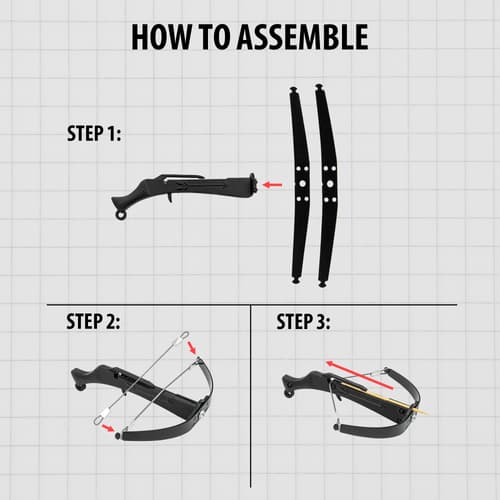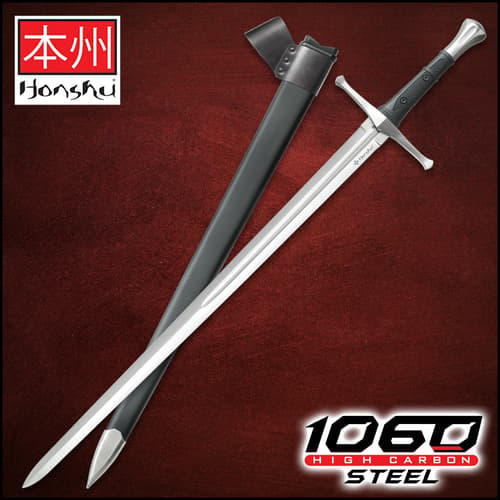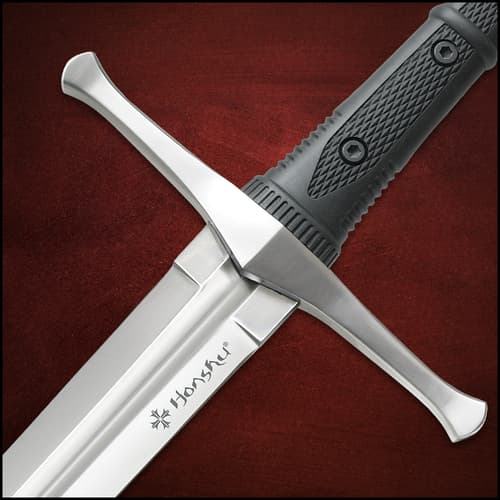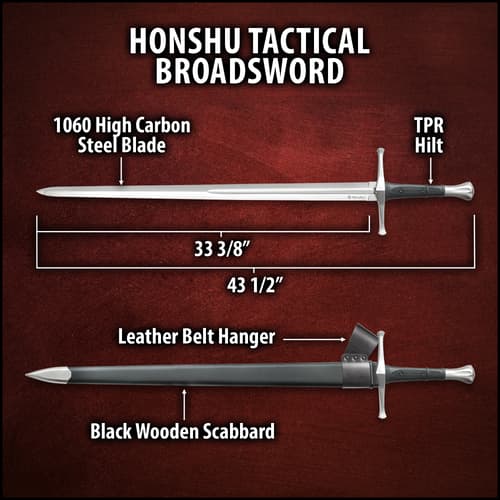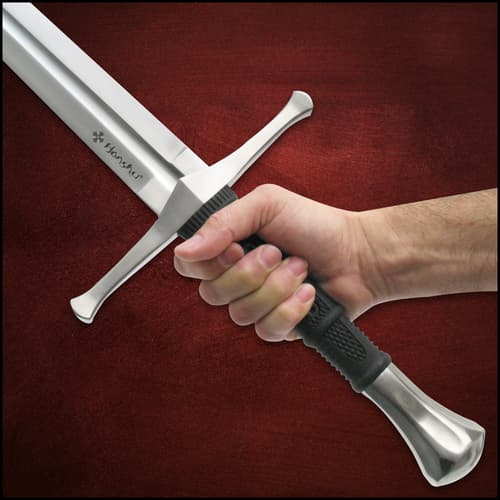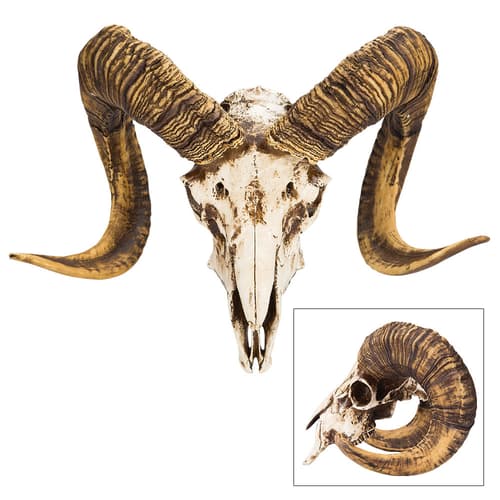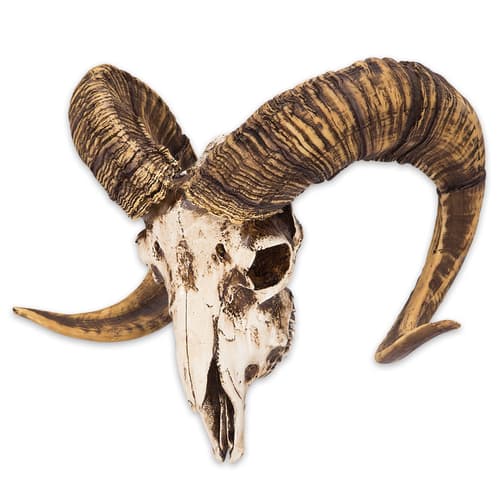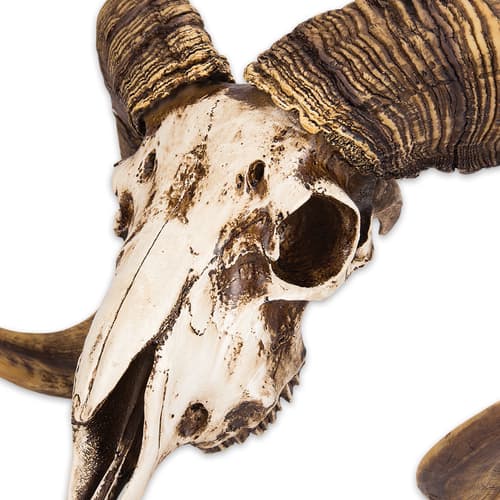You Need To Train With A Bokken

By Adelia Ladson
Before You Pick-Up That Katana
So, you bought that beautiful katana, and it is magnificent. It has the traditional cord-wrapped and rayskin handle (tsuka) and a guard (tsuba) that is intricately designed. The blade is a masterpiece of high carbon steel honed to razor-sharp perfection. You just want to … you just got to … swing it around and let out your inner Samurai. Now, hold on Grasshopper. First you must train. Get yourself to a martial arts school that specializes in Kendo or Aikido or, at the very least, buy a DVD to watch. When you do, the first thing you will learn is that you won’t be picking up that katana for quite some time. You’ll be using a bokken or a trainer, as it’s sometimes called.What’s A Bokken?
A bokken is a wooden sword used for training that is basically a mock-up of a real sword with a tsuka or handle and a tsuba or guard. It’s used so that you really get the feel of handling a live-edge sword without the risk of injury. In essence, you can get used to the weight and shape of a sword as you maneuver through the exercises or katas (choreographed patterns of movements). Bokkens can be made in any sword shape and size including katana (long sword), wakizashi (short sword) and tantos. Now, bokkens can also be found constructed out of polypropylene (a heavy-duty resin).Why Do I Need A Bokken?
When you train with a bokken, the entire purpose is to avoid the danger of a sharp-edge because there are numerous opportunities to nick yourself or your partner when going through an exercise or kata. There are numerous opportunities to accidentally clip someone who’s not paying attention in class. So, if you’re looking to cut the cost by skipping the trainer because you just know you will be really careful, think again. A trip to the ER to get stitches or worse will definitely cost you more than even a high-end bokken will cost you. Hey you! Yeah you, the one self-learning by watching a DVD or the how-to YouTube videos. Please remember this! All in all, when it comes to cost, you can usually get a pair of trainers packaged together at a really good price.Wooden Versus Polypropylene Bokkens
Some purists prefer the traditional wooden trainer over the modern polypropylene trainer, but I think the disadvantage is that they have the possibility of wearing hard over the years. Practicing two-person katas where they may make contact with each other is one thing that will take its toll on the wood. Especially, with beginners who are still learning control. The main thing that will take its toll on the wood is when you or your youth student consistently drops it on the dojo floor or a few times out in the parking lot when you’re trying to get all of your gear out of your car (Two words for you: gear bag. Think, the size of a baseball bat bag). It just happens and, after a while, the wood will show it.
Polypropylene bokkens are much more able to take the wear and tear and will definitely fare much better if you drop them in the parking lot. But just because they are made of resin, don’t assume they aren’t as capable of inflicting the same damage to someone as a wooden bokken.
Bokkens For You
Having a high quality and safe tool to practice your sword skills with is of the utmost importance! You shouldn’t have to worry about safety when you are working to become a master of the sword. Below are a few bokkens both wooden and polypropylene for you to consider. Each is a high-quality product that will stand-up to the training that you need to perfect your skills.Wooden Daito Katana
The Wooden Daito Bokken is the classic hardwood bokken design. The handle is wrapped in black nylon cord in the traditional Samurai-style, providing a comfortable, slip-free grip. It also has a two-piece handguard to protect your hand. The wooden katana trainer is 40” in overall length and is perfectly balanced from pommel to tip.Honshu Polypropylene Katana
Constructed from the highest grade of polypropylene available and closely mimicking a real katana in length, size, weight, and feel, the Honshu Polypropylene Katana has the advantage of being virtually unbreakable. It is also remarkably stiff and cut resistant and will take years and years of abuse! The heavy-duty bokken features a textured handle for a secure grip, and it is 41” in overall length.Wooden Katanas Set
Take your training to the next level with a Wooden Katanas Set, which includes two bokkens so that you are ready to train with a partner. Each is made of hardwood, in the traditional bokken design, and has a two-piece handguard, plus, the Samurai-style cord-wrapped handles. The measure 40" in overall length and you get a natural wood-colored one and a matte black one.Honshu Polypropylene Broadsword
Training swords also come in other styles aside from the katana and the Honshu Polypropylene Broadsword closely mimics an actual Medieval broadsword in length, size, weight, and feel. It is also constructed from the highest grade polypropylene just like the Honshu Katana and is just as unbreakable. It has a textured handle for a secure grip and it a massive 43 1/2” in overall length.What Do I Use For Sparring?
A word of caution, though, bokken aren’t used for sparring (practice fighting) because they can inflict serious injury. When it comes down to it, you are holding in your hand the equivalent of a club or baseball bat. It can break bones, inflict internal injuries and cause concussions if it makes contact with someone. There’s a story of a Japanese sword master who used a bokken that he had shaped from a boat oar to kill his sword-wielding enemy. So, it may not be metal and have a sharp edge, but it can still be lethal. If you are interested in primarily sparring, then, you need to get a shinai, which is a bamboo weapon that represents a Japanese sword. It simulates the weight of a katana but is fashioned in a way that the force of impact on a body is greatly reduced so as not to inflict injury.Before You Pick Up That Katana...
So, you bought that beautiful katana, and it is magnificent. It has the traditional cord-wrapped and rayskin handle (tsuka) and a guard (tsuba) that is intricately designed. The blade is a masterpiece of high carbon steel honed to razor-sharp perfection. You just want to … you just got to … swing it around and let out your inner Samurai. Now, hold on Grasshopper. First you must train. Get yourself to a martial arts school that specializes in Kendo or Aikido or, at the very least, buy a DVD to watch. When you do, the first thing you will learn is that you won’t be picking up that katana for quite some time. You’ll be using a bokken or a trainer, as it’s sometimes called.
